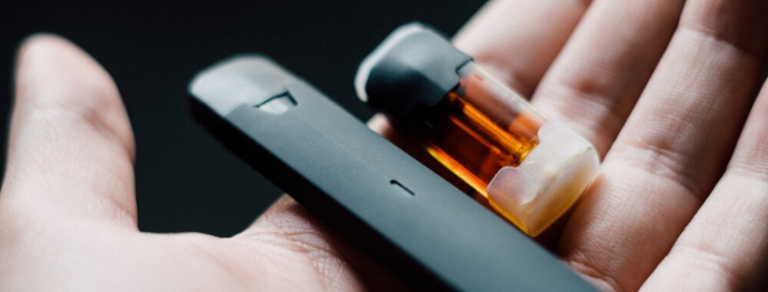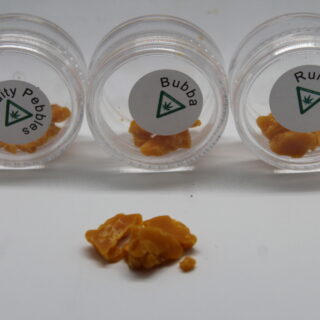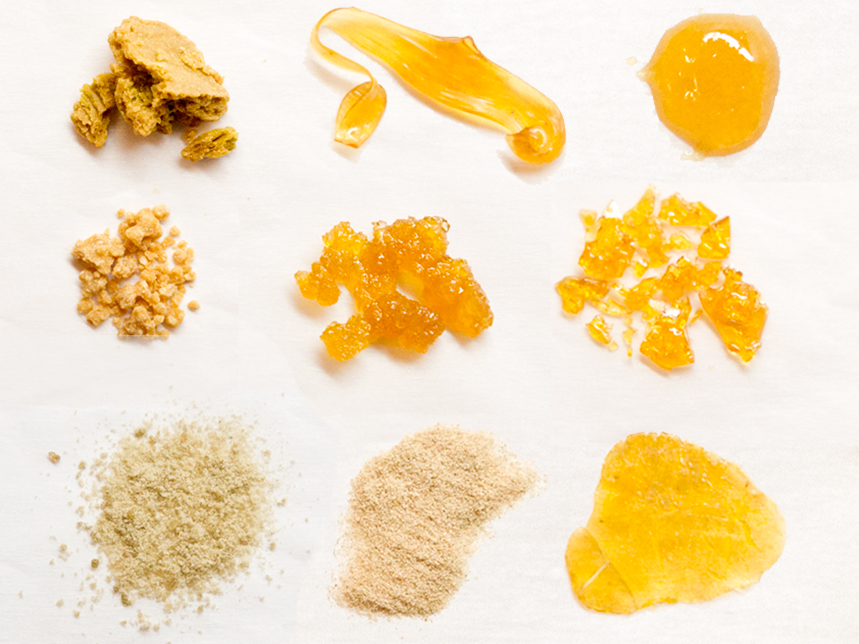

Keep in mind that high THC content will also increase tolerance, meaning you’ll need more and more THC to achieve the same effects. But more THC is not always better for new cannabis users or users with low tolerances, as high amounts can cause anxiety. Plant material tends to have around 15-30% THC content, whereas concentrates hit the 50-80% THC mark. To compare the difference in potency to alcohol, smoking flower is like drinking a beer, and dabbing concentrates is like taking a shot. All in all, the effects of each are similar in type but quite different in strength.Ĭoncentrates-particularly when dabbed-will get a user higher than flower.
LIVE RESIN VS SHATTER FULL
You can even find extracts with full cannabinoid and terpene profiles, meaning they have the multiple compounds thought to create the entourage effect that amplifies a user’s benefits from cannabis.
LIVE RESIN VS SHATTER FREE
Whichever you choose, it’s important to know some of the basic differences between the two to make a more educated decision.Ĭoncentrates are essentially the same as cannabis flower-just, as the name suggests, in a concentrated form free of plant material that can be efficiently vaporized. Both products have pros and cons depending on a user’s needs, so the decision is ultimately a personal one. There are plenty of cannabis connoisseurs ready to vouch for both cannabis concentrate and flower as the best cannabis product, in addition to many who dabble in both. Finally, concentrates can be smoked (e.g., putting kief on a bowl of ground flower or wrapping a joint with wax). Most store-bought edibles are made using concentrate/extract as well, but edibles are generally considered to be a separate category of products. Vape pens and cartridges also contain cannabis concentrate. Despite the fact that solvent concentrates are made with the use of chemicals, proper chemical extraction leaves behind little to no harmful by-product.Ĭoncentrates can be consumed in a number of ways, but the most common method is dabbing them using a dab rig or dab pen.


While solventless concentrates are more natural, solvent concentrates are currently considered just as safe to use. Solventless concentrates, such as kief and bubble hash, are free of chemicals and made with the aid of ice, heat, and/or pressure. Extractions done using chemicals such as ethanol, CO2, and butane are called solvent extracts-this includes wax, shatter, live resin, and more and makes up the majority of concentrates you’ll see on dispensary shelves. It’s easy to get lost in the diverse variety of concentrates, but the simplest way to differentiate between them is by the method of extraction. For an in-depth look at dabbing concentrates and other methods of consuming them, check out this post.

In this guide, we’ll cover the basics of concentrates and compare them to flower before breaking down the most common concentrates (also sometimes called extracts) found at dispensaries. Products such as shatter, budder, and crumble might sound puzzling, but these are actually just different forms of concentrate, the final product of a process that extracts terpenes and cannabinoids (e.g., THC) from a cannabis plant. Most cannabis users are familiar with good old natural flower, but concentrates are an entirely different category of their own.


 0 kommentar(er)
0 kommentar(er)
